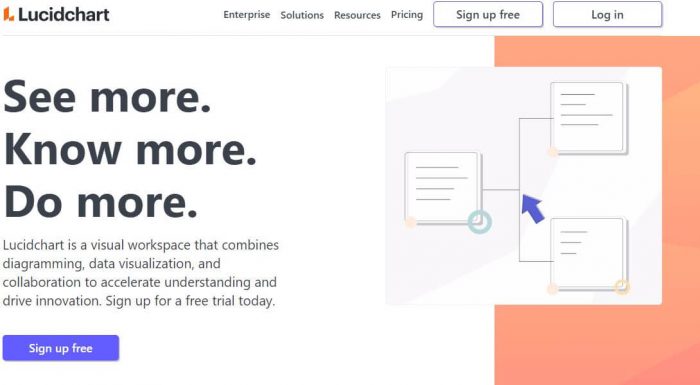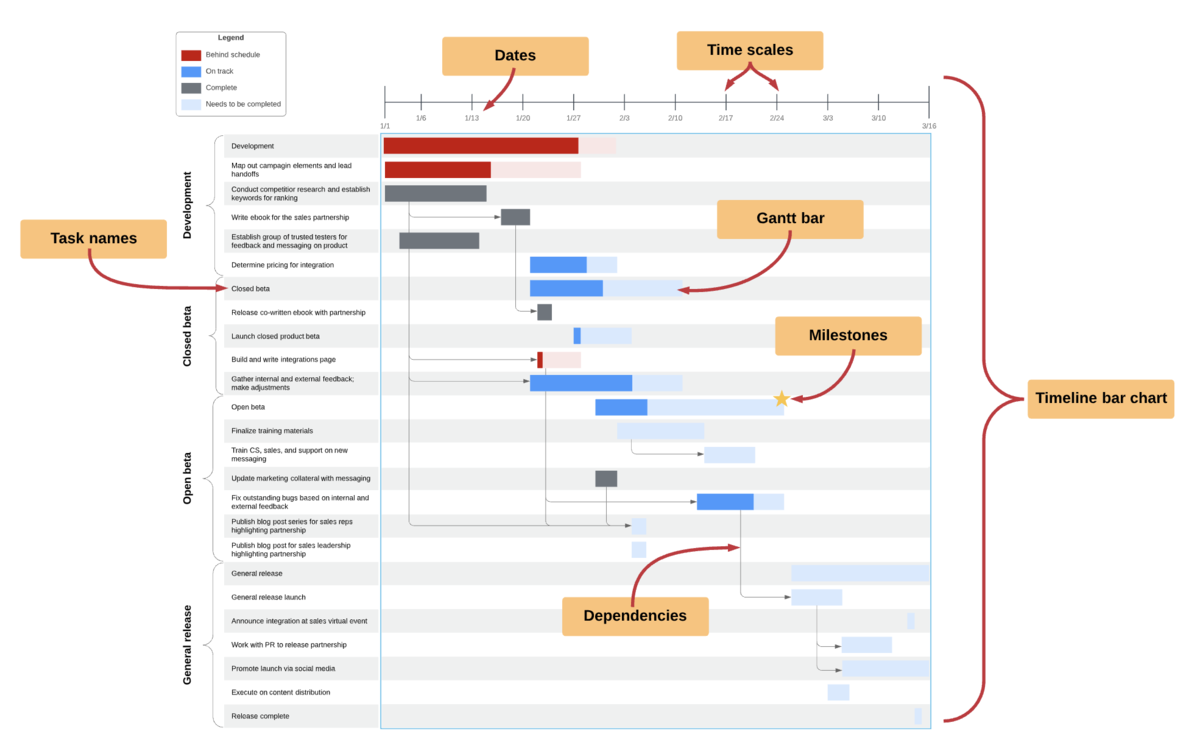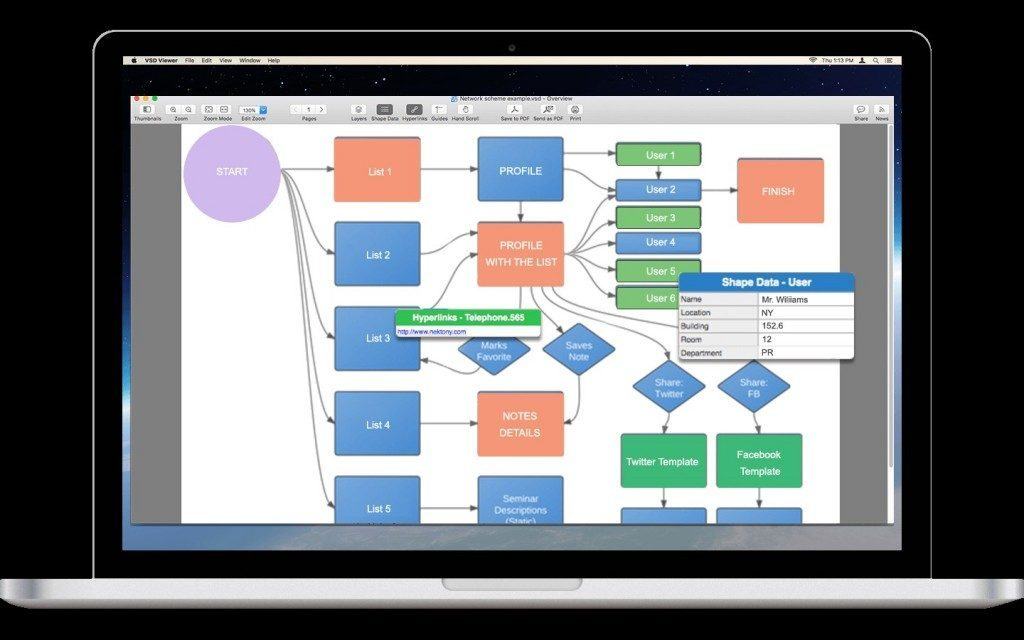

I've been using GanttPro for a few weeks now and I can say it's one of the best project planning tools I've seen. Great WBS planning tool with resource management Sie können dies jetzt tun, aber es ist entweder eine einzelne Aufgabe oder die gesamte Unteraufgabenliste. Ein anderer Vorschlag, wenn Sie dies sogar in einem Browser tun können, besteht darin, eine Reihe von Aufgaben, die kopiert und eingefügt werden sollen, mehrfach auswählen zu können. Ich wünschte, es gäbe eine Schaltfläche, um es in ein anderes Fenster zu öffnen (ala gmail). Sie können es tun, aber es ist nicht so einfach herauszufinden.

Normalerweise platziere ich die Tabelle auf einem eigenen separaten Monitor und dann das Diagramm auf dem anderen. Da es auf Browsern funktioniert, ist das gleichzeitige Arbeiten am Diagramm selbst und das gleichzeitige Arbeiten mit der Tabellenversion des Diagramms schwierig, wenn Sie keine neue Instanz in einem separaten Fenster öffnen. GanttPRO ist bei weitem die einfachste Benutzeroberfläche, weil es "eines" macht: Gantt-Diagramme, und zwar sehr gut.Įs gibt keine Schaltfläche zum Ausblenden des Diagramms in einem separaten Fenster. Sie funktionierten, aber ich musste anhalten und herausfinden, wie ich mit meinem Diagramm das machen sollte, was ich wollte. Ich habe es mit Microsoft Project versucht. Ich wusste, was ein Gantt-Diagramm ist, suchte aber nach einer benutzerfreundlichen Oberfläche, mit der ich einfach eintauchen konnte. Das Projekt befand sich in der Startphase und mehrere Aufgaben und Meilensteine liefen parallel. Also, variables that will stay the same through all of the cells are referenced using the dollar sign characters.Ich wurde eingestellt, um einen Forschungskoordinator an meiner Universität zu ersetzen. The formula will resemble the format (-)-(-) and will look like this: = ( INT ( C4 ) - INT ( $B$4 ) ) - ( INT ( B4 ) - INT ( $B$4 ) )Īs before, you must convert each date format into an integer as you reference it in the formula. This calculation is a little bit more tricky and finds the difference between a few more variables. Now, to calculate the duration, you need to determine how long each task is going to take. Like magic, Sheets will use the same formula-but making sure to reference the correct cell above-for the cells directly underneath, completing the sequence. So, when we copy the same formula for subsequent cells-which we do in the next step-using the dollar sign like this makes sure it always references that value in B4, which is the start of the first task.Īfter you press the “Enter” key, click on the cell again and then double-click the little blue square. Google Sheets uses the dollar sign ($) character to “lock” a row or column-or, in our case, both-when referencing a value. In the formula, the is always going to be an absolute value. It will look like this: =INT(B4)-INT($B$4) To do this, you first convert each date into an integer and then subtract it from the first task’s start date: ( - ). To calculate “Start on Day,” you need to find the difference between each task’s start date and the start date of the first task. You can simply copy the cells underneath, directly reference them, or re-write them if you want. The “Tasks” heading will be the same as above. It should look like this:Īfter you get the headings in place, you need to calculate the start day and duration. The table will have three headings to generate the Gantt chart: tasks, start day, and duration (in days) of the task. Next, make a similar table off to the side or underneath the previous one that will serve as a way to calculate the graphs in each portion of the Gantt chart.

Fill in each cell with the project’s details. You’ll need one for tasks, start date, and end date. First, create a small table and insert a few headings into the cells to get started.


 0 kommentar(er)
0 kommentar(er)
